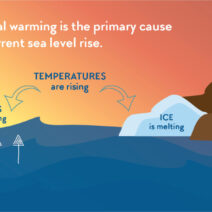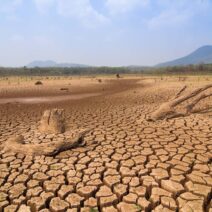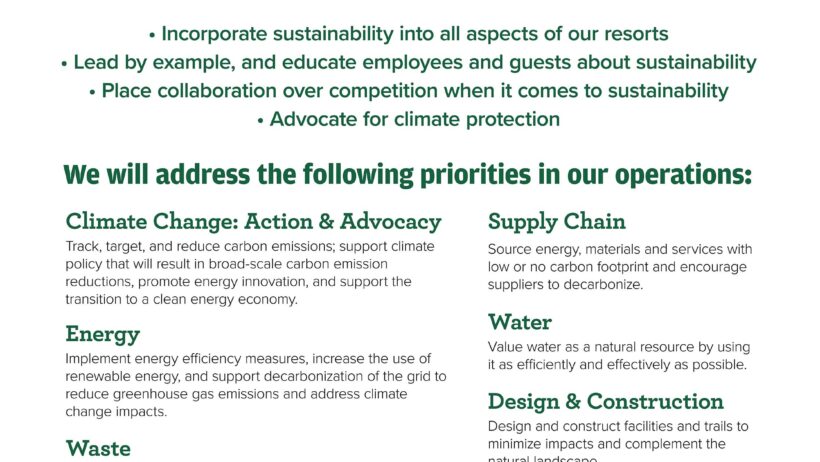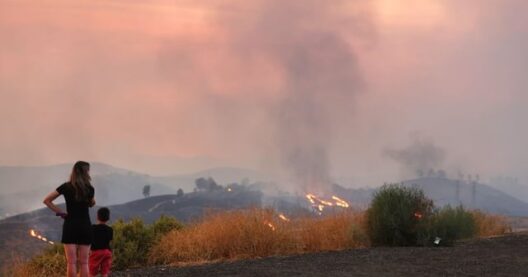As the snow begins to blanket the mountains, ski areas across the globe awaken from a season of dormancy, reminiscent of a hibernating bear emerging from its cave. However, beneath the serene white expanse lies a pressing concern: the impact of climate change on the future of winter sports. Ski resorts face the dual challenge of delivering exhilarating experiences while embracing sustainable practices that conserve energy and mitigate environmental harm. The approach to achieving this balance can be likened to a well-tuned symphony, where every instrument plays its part harmoniously to create a masterpiece.
The first movement in this orchestral piece is the integration of renewable energy sources. Many ski areas are starting to harness the power of windswept peaks and the relentless sun to produce clean energy. Installing wind turbines and solar panels not only reduces reliance on fossil fuels but also lowers operational costs over the long term. Imagine ski lifts powered by the very elements that create the winter wonderland seen from their heights, transforming energy consumption into a celebration of nature’s bounty.
In conjunction with renewable energy, energy-efficient technology acts as the second movement in this concert of sustainability. Upgrading to LED lighting throughout the facilities, employing energy-efficient snowmaking equipment, and utilizing high-performance insulation can drastically reduce energy consumption. Ski resorts can think of these innovations as the foundational chords in a symphony; they form the base that supports the more intricate melodies of operational excellence. For instance, when snow conditions are not optimal, resorts equipped with state-of-the-art snowmaking technology can compensate with minimal energy expenditure. These efficiencies not only save money but also protect the environment.
The third movement seeks to minimize water wastage—a precious resource in the creation of artificial snow. Using advanced water management systems and recycling meltwater from slopes can significantly curtail water consumption. Ski areas can implement green infrastructures, such as rain gardens and permeable paving, to improve drainage and water retention. By doing so, they not only preserve water for their operations but also contribute to the overall health of the local ecosystem, much like how a healthy forest offers shelter and sustenance to a myriad of species.
Additionally, engaging in community collaboration can amplify the impact of sustainable endeavors. Ski areas should serve as beacons of advocacy for local environmental initiatives, forging partnerships with community organizations and local governments. By hosting environmental awareness programs, they educate patrons on the importance of conservation, encouraging a shift in mindset from mere recreation to stewardship of nature. This communal approach is akin to a choir, where the harmonious voices of individuals coalesce into a powerful anthem for change.
Transportation serves as the fourth movement, resonating with the urgency of reducing carbon emissions associated with accessing ski areas. By promoting public transportation or organizing carpooling programs, ski resorts can encourage visitors to decrease their carbon footprints. Providing electric vehicle charging stations on-site further complements this initiative, allowing eco-conscious skiers to engage sustainably. Imagine the electric hum of vehicles gliding silently into the parking lot, harmonizing with the tranquil ambiance of the mountain valleys.
Moreover, eco-friendly building practices represent the fifth movement. Renewable and sustainable building materials can be used in facility construction and renovation, ensuring that buildings contribute positively to the natural scenery. A focus on green architecture can result in structures that blend seamlessly into the landscape, respecting the majestic beauty of the mountains. Installing green roofs or living walls adds an extra layer of insulation while promoting biodiversity—an innovative reminder that nature does not exist in isolation but thrives in synergy.
The sixth movement highlights food and beverage operations within ski areas. Emphasizing locally sourced produce and sustainable food practices can minimize carbon footprints while supporting local economies. Promoting plant-based menu options and reducing single-use plastics aligns with the broader ethos of a sustainable lifestyle. Consider this movement as the soulful crescendo of a composition, celebrating the regional bounty, fostering community connections and amplifying the chorus of sustainability.
Adopting sustainable practices is not merely a trend; it’s a fundamental responsibility that ski areas must embrace for the sake of the planet and all its inhabitants. The seasonality of skiing makes resorts uniquely positioned to adopt and propagate these changes. If implemented with foresight and intent, sustainable practices could become a baseline expectation rather than an optional add-on. As the strings reach their peak, the potential for transformation becomes limitless.
Ultimately, ski areas must recognize their dual role as purveyors of joy and stewards of the environment. By evolving into sustainable slopes, they can ensure that future generations have the opportunity to experience the thrill of the mountains, shrouded in snow and steeped in natural beauty. Much like the never-ending cycle of the seasons, their commitment to sustainability will echo through time, writing a triumphant concerto that conveys the message of conservation, respect, and harmony with nature.
In conclusion, the onus is on ski areas to take deliberate, actionable steps towards energy conservation. Each stride taken toward sustainability is akin to carving a perfect turn in fresh powder—a tight arc centered on balance and precision. The future winters hinge on these decisions, where each ski area can aim to interlace adventure and conservation into a seamless tapestry, ensuring that the winters ahead remain not just memorable but sustainable for many generations to come.








